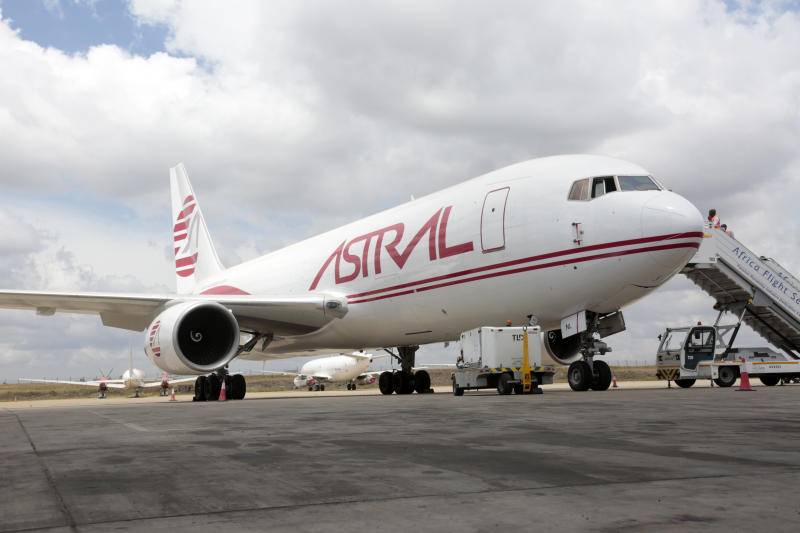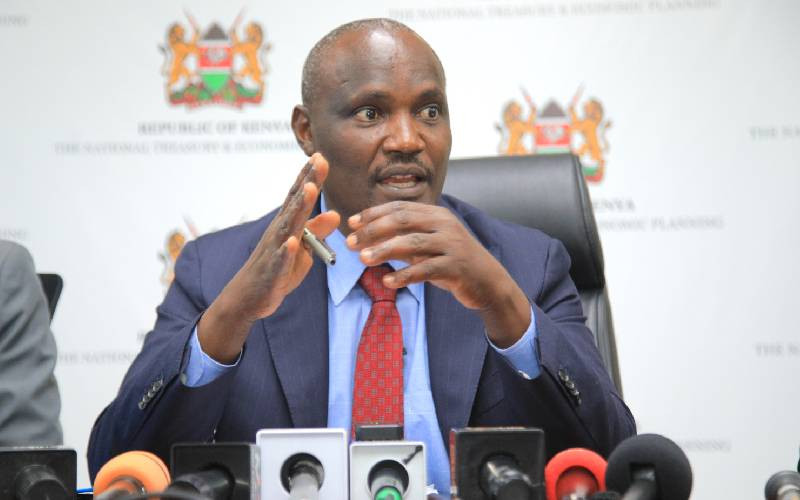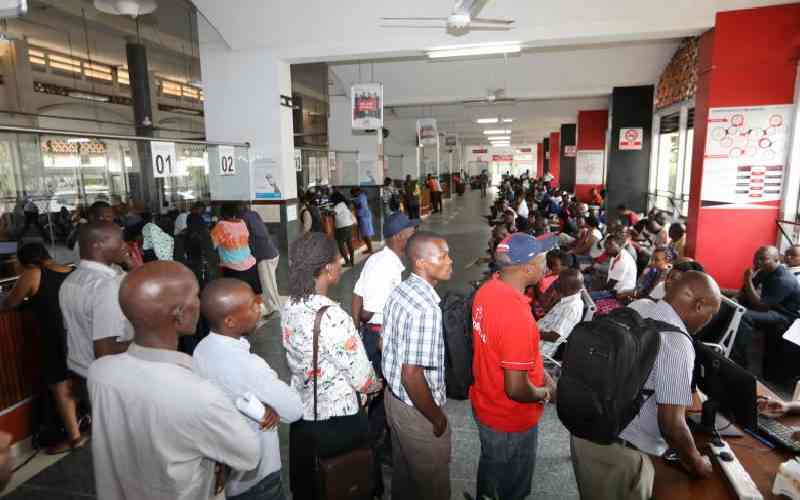×
The Standard e-Paper
Informed Minds Prefer The Standard

Cargo is expected to remain a strong business for airlines with Capacity Ton-Kilometres (CTKs) projected to grow by 13.1 per cent. [Archive, Standard]
Aviation is among the few delicate sectors that folded first and are likely to be among the last sectors of the economy to emerge from the Covid-19 induced coma.







